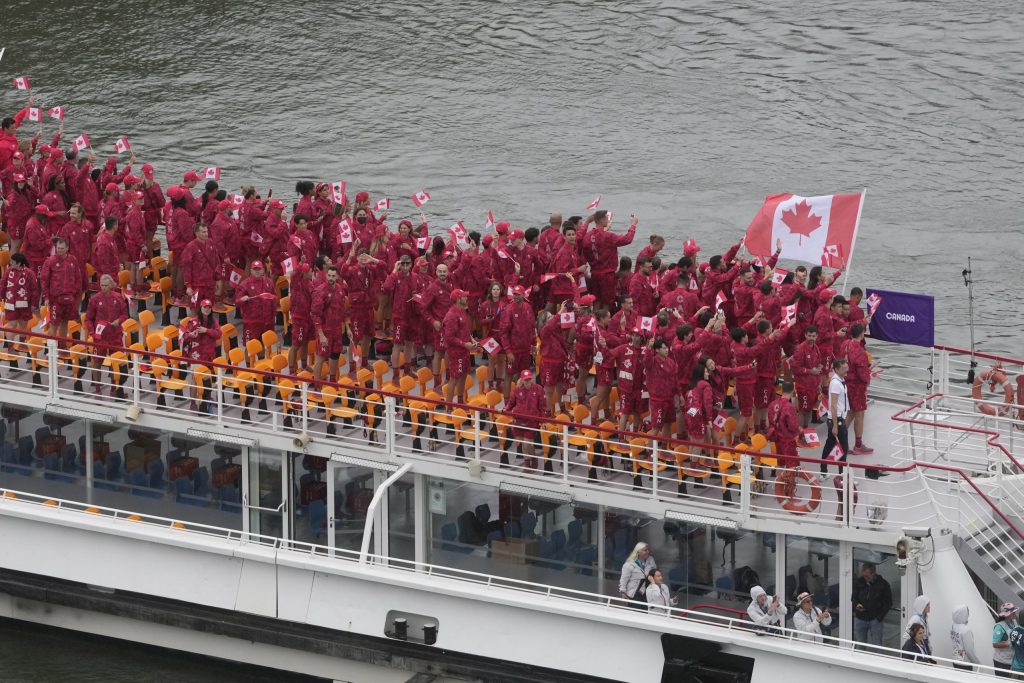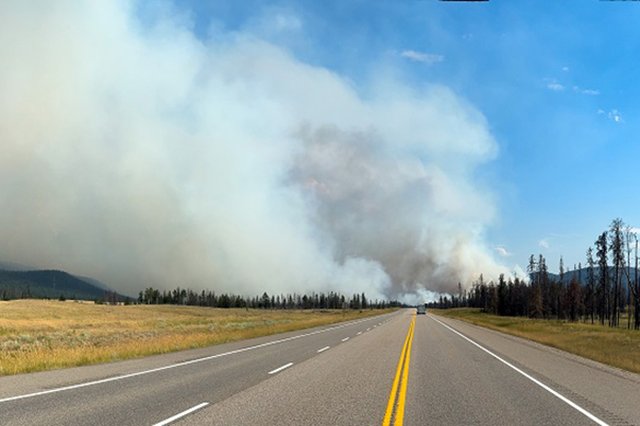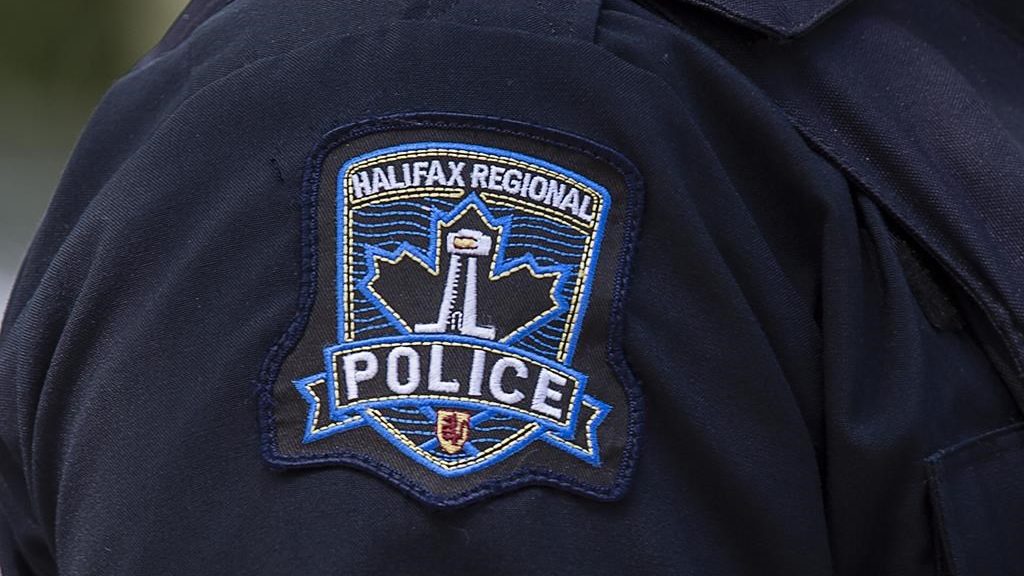HalifaxYesterday: Solving the Mysteries of Halifax Explosion Photographs (11 photos)
Posted Aug 17, 2020 04:44:00 PM.
I believe it is safe to say with a high degree of certainty that numerous unsolved mysteries surrounding the 6 December 1917 Halifax Explosion still exist. Like many people, I appreciate and enjoy a good mystery. My two explosion related non-fiction books not only required a great amount of textual research, but the study of archival photographs as well. My regimen included perusals of an ongoing assembly line of images from the era, featuring all manner of people, places and things.
Establishing provenance, the true origins of a photograph, is one key to verification and inclusion in my work. Context is crucial. It is beneficial to the process if the time, place and circumstance depicted are unambiguous, otherwise the investigation will get bogged down. Information and dates written on photographs are often useful, but should be thoroughly scrutinized and not taken at face value.
The known facts should never be obfuscated by over-speculation or illogic. A newly found image must always comport with the known facts. Altering the details of fact-based accounts and situations to merely make an image fit is poor practice. It is a also counter-productive to purposefully try and prove a differing theory or opinion wrong. As one moves forward, the inherent faults within a baseless theory will soon manifest themselves and cause it to exponentially unravel and fall apart. This leaves the path open for exploration and hopefully, substantive answers leading to viable conclusions. Yet it is always best to keep an open mind as the occasional misread is inevitable.
This general methodology comes in handy when trying to decipher any archival photograph, but this article focusses on images of the blast cloud that formed immediately following the disastrous 2.9 kiloton explosion that wiped out Richmond in the North End of the city. There are no known photographs showing the raging fire aboard SS Mont-Blanc as the ship lay beached on the south side of Pier 6 for several minutes after its midstream collision with SS Imo. We do have numerous windows of frozen time through which we can view the powerful, expanding mass rising ominously, ever higher into the sky as if to take on a life of its own – a stark reminder of the never ending folly of human beings and the dire consequences of war, and its finality. (See Image 1 above)
The majority of these blast cloud photographs were taken by officers and men of the navy and army as well as merchant mariners who had the presence of mind to record events in the chaos and confusion of the immediate aftermath. One of their preferred cameras was the popular No. 2 Folding Autographic Brownie by Kodak. Many of these personnel are known to have had their compact cameras around their necks, always at the ready to capture a moment or object of interest. There are approximately twenty verifiable photographs of the blast cloud known to exist. At present, though, there is no full consensus among historians regarding the nature of any of these images. Fraudulent ephemera or outright fakery in the marketplace is not that unusual. Postcards or hard copies from original prints were manipulated in the dark room – either for monetary gain or experimental purposes – to the point where their historical value has been significantly lessened. (See Image 2 above)
“Photoshopping” is by no means a contemporary phenomenon. The concept has been around since 1846 when Calvert Richard Jones became the first documented person to intentionally alter an existing negative. He changed a portrait of four Capuchin monks in Malta to include a fifth monk standing just behind the group. But Jones did not like the result and painted the image black on the negative which appears white in the positive. (See Image 3 above)
Throughout the entire investigative process, every nuance of an archival photograph must be thoroughly examined and all possibilities explored. In the early stages, even the most perplexing and stubborn images must give up at least some small secrets which will create the necessary spark to encourage one to proceed further. Deciding how far to take this journey depends on whether the photograph is able to answer at least three out of four basic questions: 1) Is this a photograph of the blast cloud, in whole or in part? 2) From where was the image taken? 3) Who was the photographer? 4) Does the photograph provide sufficient context to warrant further research?
The following chronologies briefly describe my efforts to establish the provenance of two archival photographs. Recently, I volunteered to conduct some research for CBC into a “new” photograph purportedly associated with the explosion. The snapshot offered very limited context: a moored three-masted hulked vessel very high in the water about to be enveloped by a wall of smoke. A much smaller boat appeared to sit off to the left. “Halifax thirty seconds after the explosion – R.G.S.” was written on the verso. At first, HMCS Niobe seemed a likely position from where this high-angled shot could have been taken. I soon learned from the December 1917 Canadian Navy List that Reginald Garnet Stevens (a name provided by CBC) was a Mate in the R.N.C.V.R., borne in HMCS Niobe that year. However, the featured vessel proved impossible to identify, even with the substantial resources available and assistance from the very knowledgeable Mac MacKay. Each promising clue turned out to be a red herring. It quickly became apparent that two searches were underway – one to trace the provenance of the photograph, and the other to determine its legitimacy. (See Image 4 above)
Jeff Noakes, an historian at the Canadian War Museum, noted an entry in the January 1918 Canadian Navy List showing that Mate Stevens had been assigned to the guard ship HMCS Acadia just prior to the explosion. The vessel was moored in a stationary position on the eastern side of Bedford Basin above the Narrows, approximately one and a quarter miles from ground zero. I looked through my collection of Acadia images and found a snapshot showing Mate Stevens with some of the ship’s personnel. I also accessed a detailed diary entry for Thursday, 6 December by Frank Herbert Baker, an ordinary seaman aboard the vessel. Baker’s vivid descriptions of the event made the thirty second timeframe even less plausible. According to Baker, it took at least several minutes following the explosion before anyone could safely go on deck. The R.G.S. timeframe did not pass muster.
As well, extant photographs showing almost complete front and back views of the enormous blast cloud confirmed that the cloud’s base was still confined to an approximate half-mile radius from ground zero. The wall of smoke’s proximity to the photographer of the R.G.S. image appeared to be in direct conflict with factual and observational evidence. Although a credible link between Mate
Stevens and the photo had been established, the time, place and circumstance depicted remained inexplicable. This very troublesome image could not provide a satisfactory answer to even one of my four fundamental questions. (See Images 5 and 6 above)
In a CBC interview, historian and museum curator Dan Conlin had raised the possibility that the photograph may have been a composite. A short time later, historian and geophysicist Alan Ruffman brought difficult-to-ignore evidence to my attention. Sub-Lieutenant Victor Montague Magnus, R.N.V.R., had taken several striking images of the blast cloud from HMS Changuinola, situated three quarters of a mile away from ground zero on the harbourside. Alan was convinced that one of these well-documented images displayed distinct features akin to those in the R.S.G. snapshot. A detailed examination of both photographs followed by some composite imaging showed undeniable evidence of photographic manipulation. (See Image 7 above)
Suffice it to say, the surreal and enigmatic R.G.S. image does not represent an accurate moment in time from the Halifax Explosion. When I consider the numerous obstacles the photograph kept placing in the path leading to its origins, this finding comes as no surprise. Its obscurity suggests an experiment by an amateur photographer or even a lark as reasons for its creation. As well, the initials R.G.S. on the verso appear not to have been written by Mate Stevens, whose own initials are seen on a personal postcard, dated January 1918, sent from HMCS Algerine to Miss A. Campbell in Ottawa. The example indicates the two styles are noticeably dissimilar. The answers pertaining to the altered photograph’s who, when or why, and especially, how and where the Magnus photo was obtained, will likely never be known. (See Image 8 above)
The “iconic” blast cloud photograph, Image 1, is the first I worked on when I became interested in explosion research back in 2008. It shows a wide view of the blast cloud in its early stages. A small steamboat is visible in centre frame. The long list of clues and bits of information associated with this image – though often difficult to pinpoint, work through and collate – seemed to have been placed on a much more discernible and logical path. A cropped version had proliferated throughout the Internet for years. It was part of Underwood & Underwood’s vast World War I catalogue and had been acquired by the National Archives Records and Administration (NARA) from the U. S. military. Library and Archives Canada also obtained a copy several decades ago. I unearthed an uncropped version clipped from a newspaper in the files of Archibald MacMechan at the Nova Scotia Archives. This had been reproduced from a higher quality image that appeared in the February 1918 issue of Church Work in an article by C. W. Vernon.
A commonly held notion attached to the “iconic” image existed for decades and originated from a U. S. source, the April 1918 issue of Popular Mechanics Magazine. It featured the blast cloud photo with a caption below stating it had been taken from a ship 13 miles from the explosion looking into the harbour. Extensive research revealed the actual location to be approximately one and a quarter miles from ground zero, likely aboard a vessel on the eastern side of Bedford Basin, looking down the Narrows towards the sea. Key evidence supporting this conclusion is the familiar piece of land seen jutting out from the left of frame about a half-mile from the explosion – today, known as Shannon Park.
As late as 2017, I learned that the “iconic” photograph was actually one of an amazing series of five images showing the course of the blast cloud over several minutes. They were published in a French newspaper, Le Miroir, a month and a half after the explosion. These five images may have been taken by one of the officers or men aboard HMCS Acadia. The ship’s location was approximately 2,000 feet from shore, northwest of what is now the Bedford Institute of Oceanography (BIO). The small steamboat in the foreground may have been situated there to keep the area between Acadia and the shoreline free of shipping.(See Image 9 above)
Known points of reference can be used to calculate distances in a photograph but most often, good old fashioned field work is of more practical value. I had been meaning to visit Acadia’s location for several years. In 2018, an acquaintance kindly agreed to give me a sail boat ride to the guard ship’s position – confirmed (from inquiry exhibit M.B.E. 63) by Lt. Arthur McKenzie Adams, R.N.V.R., a Naval Control staff officer assigned to Acadia. Using Google Maps and GPS, we got as close as possible to the vessel’s location where I took several photographs. I superimposed Image 1 over one of them in what turned out to be a convincing visual experiment. (See Images 10 and 11 above)
As Charles Haas, a colleague and one of the world’s foremost authorities on RMS Titanic always says: “History is fluid.” With each new discovery, long-standing ideas must either be revised or completely discarded. I feature and discuss the above images and many more on my website at the URL link below. For those who long for a good mystery every now and again, you can rely on the fact that the events surrounding the 1917 Halifax Explosion will continue to be a timeless source of thought provoking stories and photographs. And remember – you will never know what photographic treasures may be hiding in your great-grandpa’s or great-grandma’s old steamer trunk that’s been sitting in the basement or attic for decades if you don’t take the time to look.
http://www.halifaxexplosion.net/halifaxexplosion/blastcloud5.html
http://www.halifaxexplosion.net/FHB_diary_entry.pdf (Frank Baker’s 06/12/1917 diary entry)
Victor Magnus photograph contributed by historian and author Ken Cuthbertson.
http://cjo.info/classic-cameras/kodak-no-2-folding-autographic-brownie/








